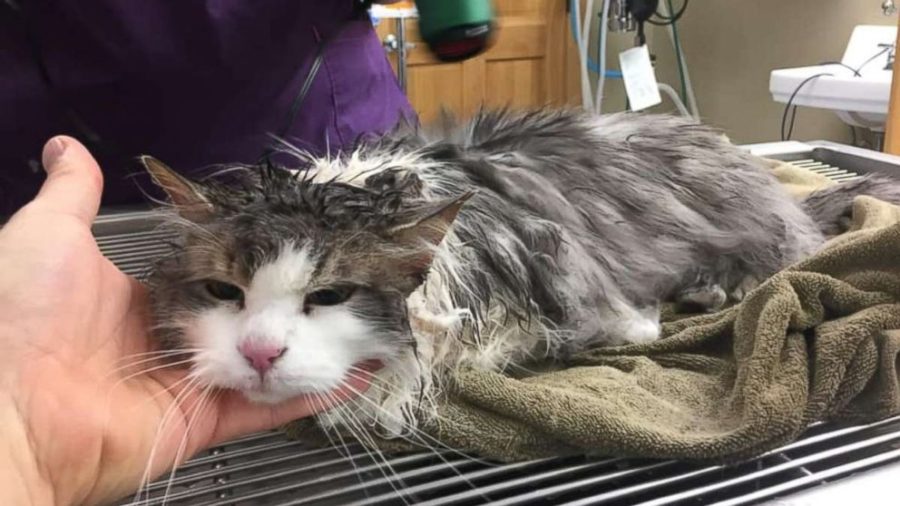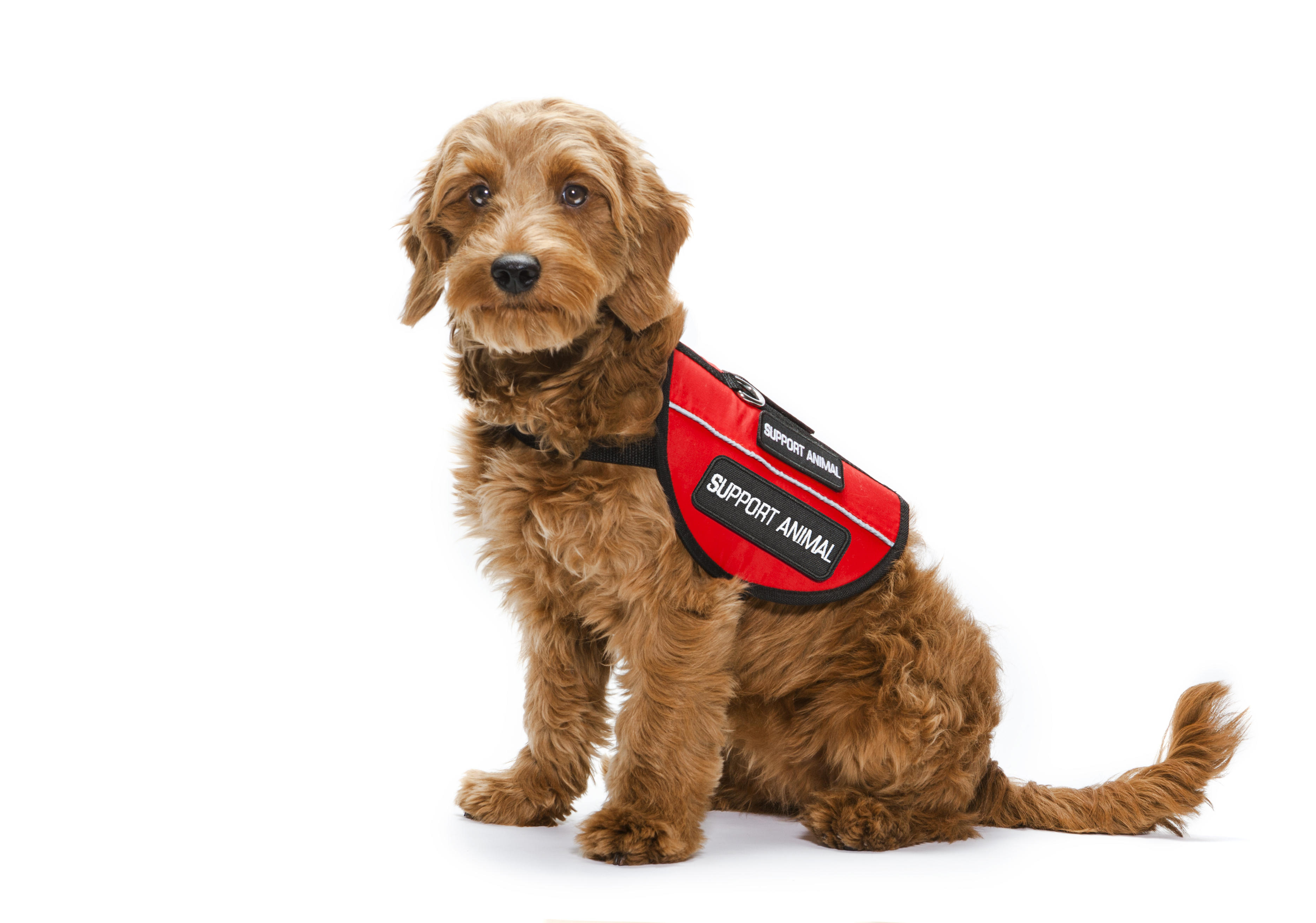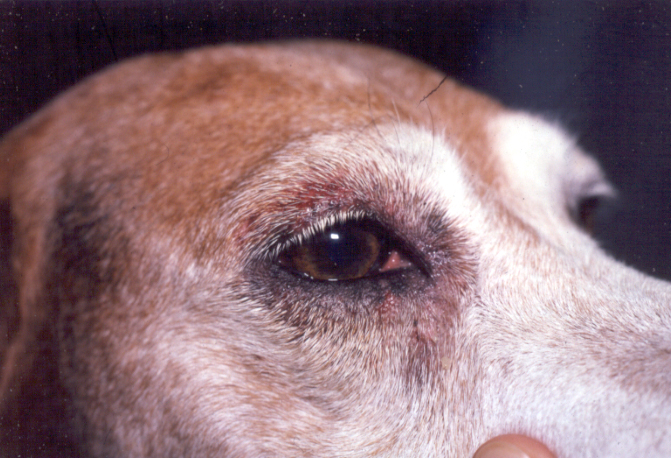Choosing a Pet-Friendly Hotel
As more and more people are choosing to travel with their pets, many hotels are embracing a pet-friendly option for travel. Choosing the right pet-friendly hotel to stay at is an important factor that should be considered before you embark on a journey with your pet. Consider the following tips before choosing a pet-friendly hotel.
- Pet-friendly isn’t always what it sounds like. Although the term “pet-friendly” seems upfront, it can be just about anything but. Pet-friendly can mean anything from “We accept all pets” to “We will only accept non-shedding pets or pets less than 10lbs”. To find out exactly what pet-friendly means at any particular hotel, the only way to know for sure is to contact them directly. Even then, we’ve heard stories of hotels telling people one thing and then claiming another policy upon arrival. More often than not, this works in the pet traveler’s favor.
- Know the unwritten rules. Some hotels are more lenient than their written policies allow, especially if you’re willing to vouch that your pet won’t create a nuisance or damage the room. The most common example is leash policies. Some hotels require that your pet is on a leash at all times. If this does not sound appealing to you, make sure to check beforehand if the hotel enforces this policy.
- Price. Pet fees vary from hotel to hotel. Some hotels charge no fees whatsoever while other hotels may require you to put down a pet deposit, which may or may not be refundable, and/or pet cleaning fee. At this same time, these pet fees may come with complimentary pet amenities. Maybe they offer free grooming or doggy daycare for business travelers.
- Location and Restrictions. Is there an area where you can exercise and walk your dog on the hotel grounds that is away from other guests or busy streets? Is there adequate room for you to enter and exit the building? Some hotels place room restrictions on people who are traveling with pets. Such restrictions may include limiting pets to a certain floor or area of the hotel. However, it is important to note that some hotels may be flexible with this if they are trying to fill rooms.
- Read the Reviews and Recognize the Scene: Like any product or service, you should look to take advantage of online ratings and reviews from trusted sources. They’re not always easy to find, but we especially recommend looking for forums with past guests and verified accounts. TripAdvisor is a decent place to start. When we visit these sites, we’re looking at the comments to gain a sense of the culture and attitudes of the guests attracted to that pet-friendly hotel. How quiet are other people’s pets? How quiet do people expect your pet to be? How clean and odor-free are the hotel’s pet-friendly rooms? Are there dedicated rooms and floors for pets and pet owners? Do people generally say that the hotel lives up to its policies?
There may not be a silver bullet solution to finding a pet-friendly hotel that fits every occasion and every travelers’ pet. Nevertheless, with a little research and a short list of priorities in what you’re looking for from a pet-friendly hotel, most people can find a viable solution that meets their destination and itinerary as well as their pet travel needs.






